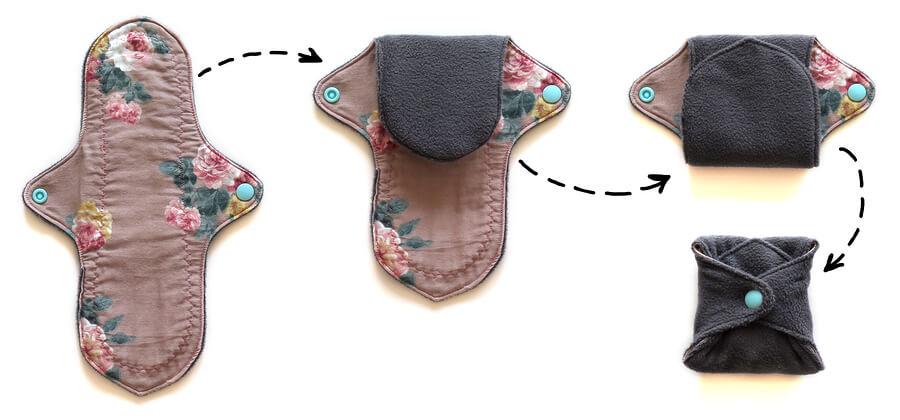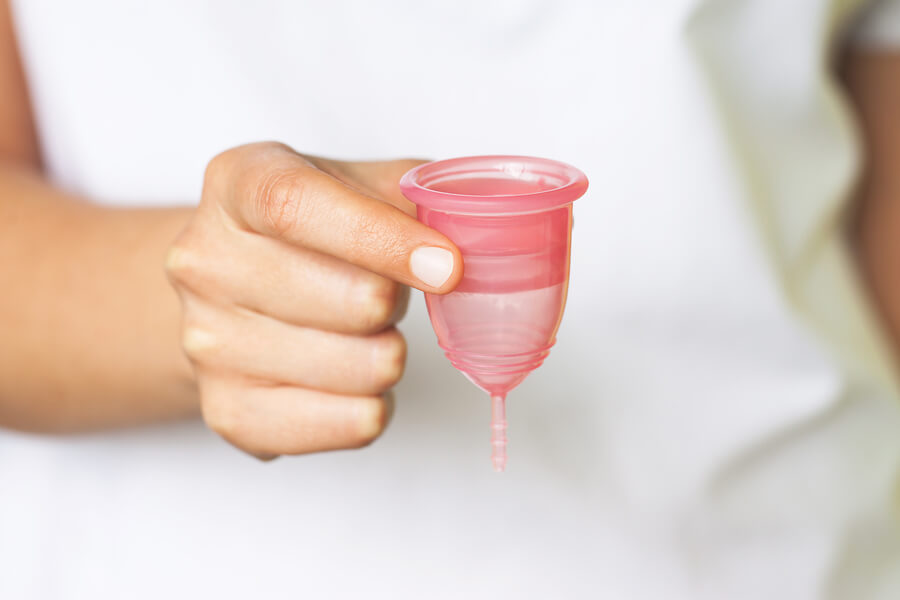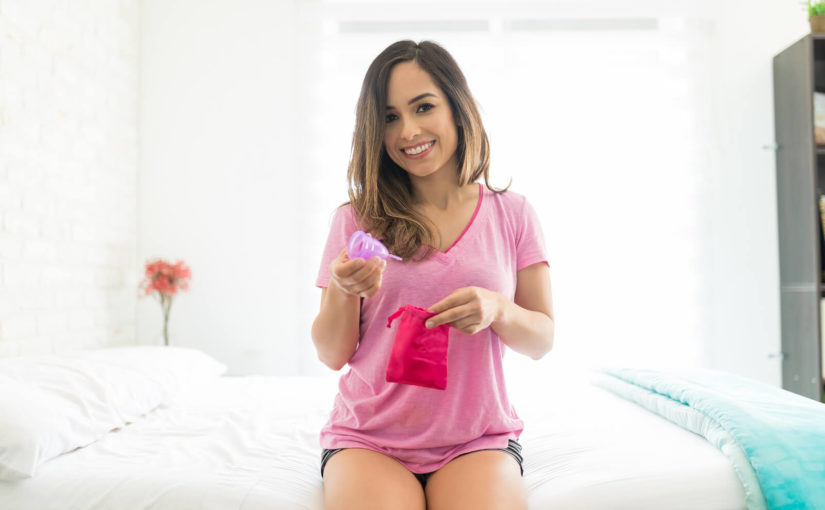While most of us have been brought up using disposable period products as standard, we are in a climate crisis, it is time to look beyond these options and delve into the world of sustainability.
After all, the average person who experiences periods will get through 11,000 tampons in their lifetime.
If you haven’t explored the world of disposable pad and tampon alternatives yet, read on and find out all about your numerous options — from period underwear to menstrual cups and beyond.
Cloth pads

Cloth pads look much like disposable pads except they are made from fabric and are reusable for many years. They use snap fasteners instead of adhesive for staying in place in your underwear, and often have fun designs.
While you’d usually use a pad and pop it in the bin afterwards, you wash these in cold water and dry them ready for their next use.
Disposable pads are made from plastic and bleached cotton, whereas cloth pads are made from natural materials such as bamboo and unbleached cotton.
They come in a range of absorbency levels, so you can purchase to suit your personal needs.
You can wear cloth pads for the same length of time as you would disposable pads, and then you replace them with another. If you’re out and about, you can fold the pad up and store it in a small waterproof bag until you get home.
Cloth pads last for around five years, on average, but this depends on many factors such as which pads you use, your personal cycle, how you wash them, and how many pads you have in rotation.
When cloth pads do eventually wear out, they can usually be composted (depending on the materials used to create them).
Period underwear
Period underwear is underwear with built-in absorbency, which creates less bulk than a separate pad but all of the protection.
They are designed to be used without pads or tampons, but a light pair could be used instead of a liner with a menstrual cup or tampon if you have a heavy flow and are concerned about leaks.
Much like cloth pads, you throw the underwear in the washing machine after use, and you can reuse them for years.
These pants come in varying absorbencies so you can build up a collection that mirrors your exact monthly flow — for example, if you have heavier days at the start of your period and lighter days towards the end.
Whatever type of underwear you usually wear, you’ll be able to find a pair of period pants in that style — be it thongs, bikinis, briefs, or hipsters. You’ll also find maternity pants and period yoga pants on sale.
Period underwear can last two years or more before it needs replacing. Your disposal options will depend on what the pants are made from.
Menstrual cups

Menstrual cups are silicone cups that are inserted inside the vagina during your period, for up to 12 hours at a time.
They collect menstrual blood, and you then remove the cup and empty the blood into the toilet. If possible, you wash the cup and reinsert it, or you reinsert it and wash it at a more convenient time.
Menstrual cups can collect more menstrual blood than other methods, making them ideal for all women and people who menstruate — even those with very heavy flows.
Because they are safe to wear for long periods of time, you can safely use a menstrual cup overnight, too.
At the end of your period, you sterilise the cup and store it away for next month.
Some cups, such as the Intimina Ziggy, are suitable for wear during penetrative sex. You can read more about that particular menstrual cup, here.
Menstrual cups are highly durable and will last between six months and ten years, making them incredible value for money with just a one-off payment.
Cups can’t be recycled kerbside, but some manufacturers will recycle them if you post them off — get in touch with your cup’s manufacturer to find out all about your disposal options.
Eco-friendlier disposables
If you’re not ready to make the change to reusables yet, that’s OK — there are plenty of 100% organic and natural cotton options for you on the market, which are biodegradable thanks to the lack of plastic and bleach.
Callaly has even redesigned the tampon and brought out a tampon and liner in one, called a tampliner. This will save you money and creates less waste.
Whichever option you choose from above, you’ll be saving money in the long run and reducing the amount of waste you produce — not to mention lowering your exposure to chemicals.
Which period products do you use?
